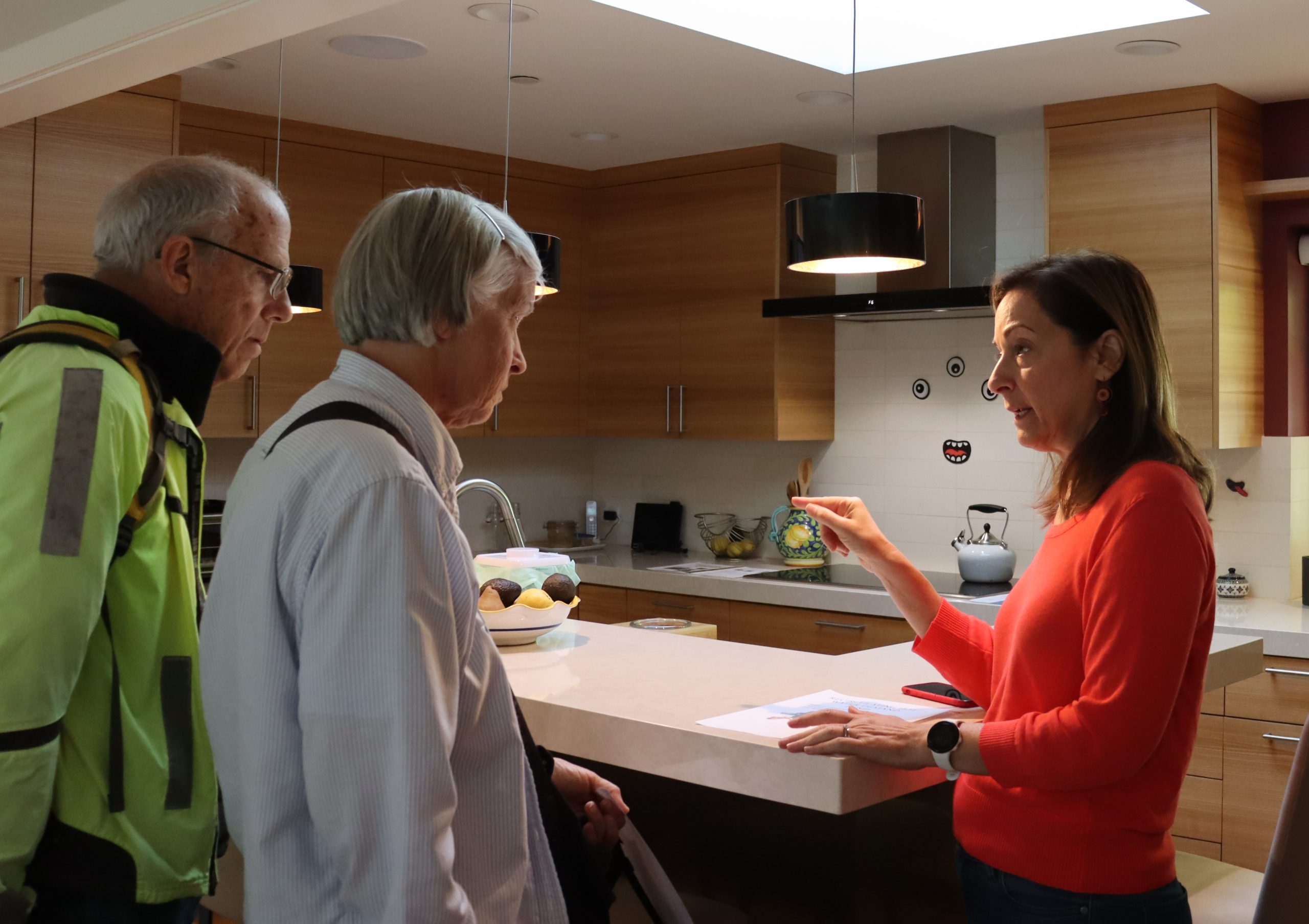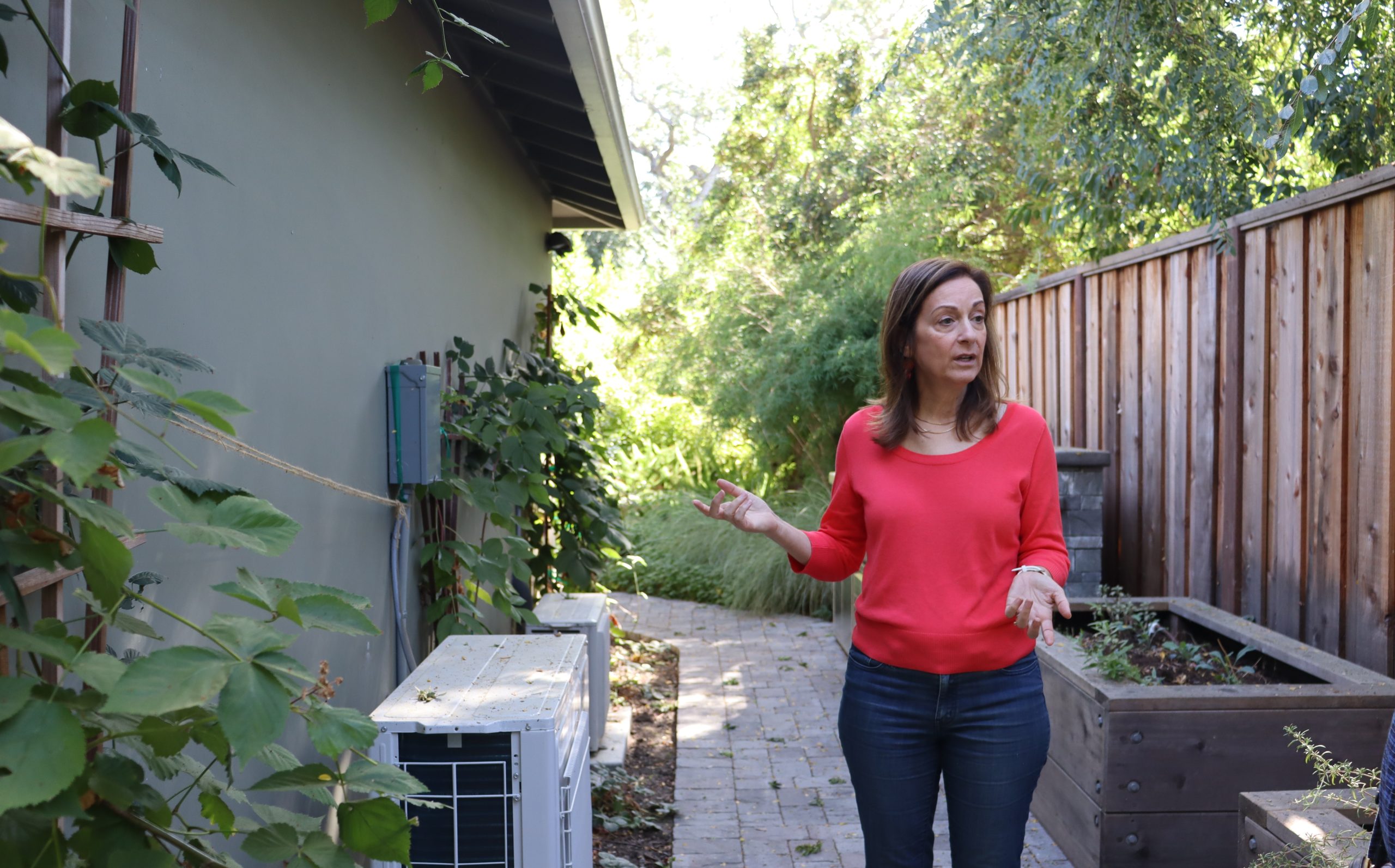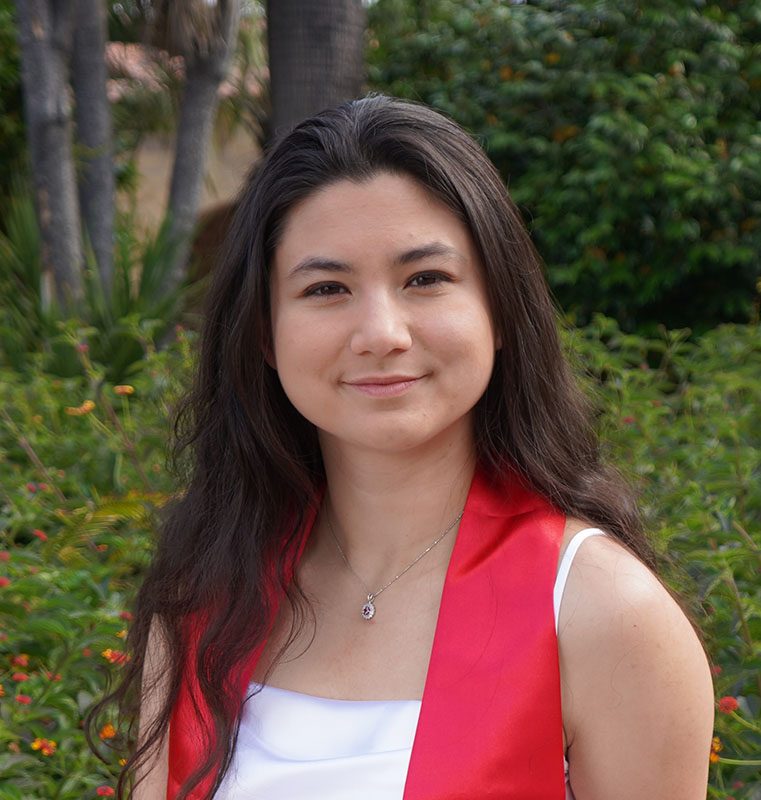
MENLO PARK – Menlo Park plans to transition low-income homes in Belle Haven to electric energy at no-cost to homeowners. City officials say robust community outreach will be essential to getting families to opt-in to the electrification program, a local step to combat climate change.
At their Oct. 10 meeting, City Councilmembers reviewed a proposal on how to spend a $4.5 million clean energy grant from the state. The first half of the funding was received last month.
The Menlo Park Environmental Quality Commission recommends that the city’s nonprofit partner Peninsula Clean Energy be given $2.15 million to expand its current home upgrade program. The additional funding could double the number of homes the non-profit electrifies next year from 40 to 80, a report by the city’s sustainability manager said.
The remainder of the grant will come after the city provides a progress update. All the funds must be spent by June 2026.
The city is still determining how many appliances homeowners must be willing to replace to be eligible for the proposed program. Potential installations would include swapping gas stoves for induction stoves and furnaces for heat pumps, which also provide cooling.
After the hottest summer on record, Mayor Jen Wolosin believes the demand for electric cooling services will be higher than ever. As the effects of climate change worsen, Menlo Park has an “aggressive” Climate Action Plan to reach carbon neutrality by 2030, Wolosin said. Their primary strategy is to electrify 95% of existing buildings.
To Wolosin, making the change isn’t just an environmental issue. Gas stoves also leak methane, which has negative health consequences. It is an equity issue, too.
Belle Haven is a mostly Latino, historically red-lined neighborhood polluted by the freeways that border it, Wolosin said. Residents have the lowest access to grocery stores and bank services in Menlo Park. They are first to bear the brunt of flooding and sea level rise from the nearby bay.
“If we don’t bring these folks along, it’s furthering an environmental injustice,” Wolosin said. “It’s really important that we invest in all of our residents, especially those who might not be able to make the transition on their own.”
Spending $4.5 million by 2026 in a small geographic area like Belle Haven requires high levels of participation from its 750 homeowners. An electrification program of this scale hasn’t been run in Menlo Park before, city Sustainability Manager Rebecca Lucky explained.
“This program will be nothing if people don’t sign up for it,” Wolosin told the city council at their October meeting.
Community organizers on the ground are critical to identifying households in need, especially without centralized data on what appliances people have. Single-family homeowners will be targeted first before the program expands its eligibility to renter-occupied homes and apartment buildings. According to Wolosin, there is already a preliminary list of interested residents.

Understanding the connection between an electric stove and improved air quality can be hard. City officials are focused on educating people about why electrification matters and what it means for their homes. Partner organizations like Climate Resilient Communities and Belle Haven Action help articulate benefits and clarify misconceptions, Electrify Menlo Park Director Angela Evans said.
Many local nonprofits already host events to raise general awareness about clean energy. On Oct. 14, 40 homes across the Bay Area opened their doors to neighbors who wanted to learn more about their electric appliances during the 2023 Electric Home Tour.
The City Council is considering allocating additional funding to market the Belle Haven initiative. Concerned about low participation, Wolosin suggested offering smaller immediate incentives, like electric batteries, to draw people in.
“There’s a ticking clock in terms of expending the funds, and both a need to balance getting the electrification [to people with] the greatest financial need with not wanting the money to go to waste,” Menlo Park resident Adina Levin said at the council meeting.
Peninsula Clean Energy currently provides services to families of four with an income below $149,100. In its report, the Environmental Quality Commission recommended increasing the eligibility income threshold for the program to $210,000. Lower income families would still be prioritized.
It also suggested devoting an additional $100,000 to develop a specialized electrification workforce. Doing so could create more jobs in a growing industry for underserved community members.
If the proposal to partner with Peninsula Clean Energy is approved in early 2024, the expanded home upgrade program is expected to roll out next spring. Wolosin hopes that the city’s efforts will be a case study on how to transition to electricity in a “feasible, affordable, and equitable” way


